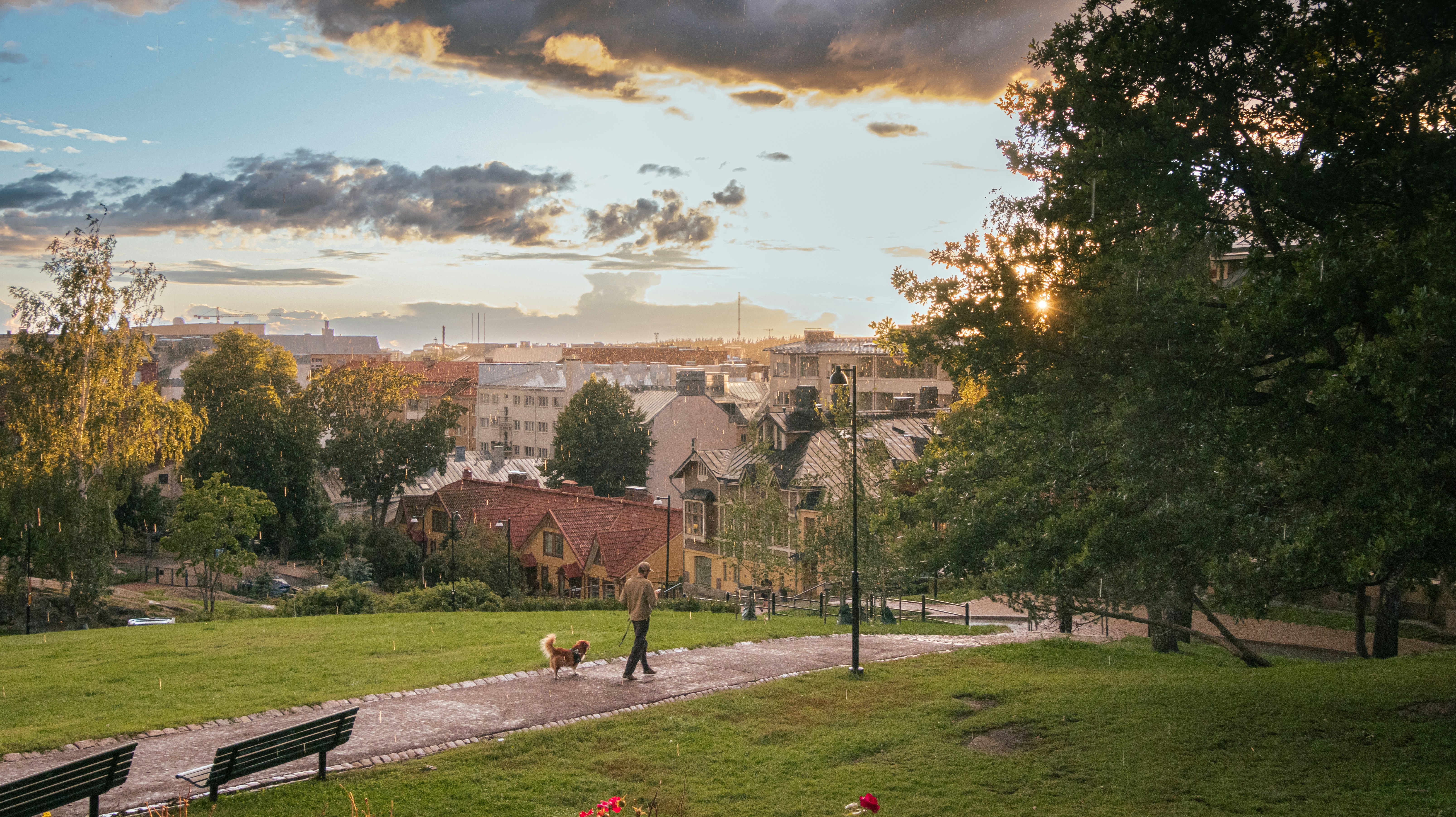


Turku’s Carbon Sink Strategy
Nature-based action for a climate-positive future
Status
City description
Turku, Finland’s oldest city and a hub of innovation and education, has around 200,000 residents. The city has already reduced emissions by 69% since 1990 and aims to be climate-neutral by 2029, aligning its milestone with its 800th anniversary.
Challenge
Turku faced residual emissions from transport, heating, and land use even after significant progress in decarbonisation. At the same time, Finland’s forests were turning from carbon sinks into net sources due to intensive logging and a slowdown forest growth, threatening national and municipal targets.
Solution
Turku turned its municipal forests and peatlands into strategic carbon sinks, adopting continuous-cover forestry, peatland rewetting, and biodiversity restoration while aligning these with energy transition and circular economy measures. The strategy directly ties offsetting to resilience, biodiversity, and public engagement.
Key Impacts
69% GHG reduction
since 1990
89% renewable district heating
share in 2024 (target: 100% by 2029)
15,000 tCO₂e/year sequestration
through forest management
30% higher sequestration capacity
vs. prior logging practices.
200,000 citizens benefitting
from improved air quality, biodiversity, and recreation
€30 million/year citizen savings
from clean energy transitions
1 MtCO₂e total reductions
in annual emissions since 1990
Per-capita emissions cut
from 7.7 t (1990) → 1.9 t (2024) → 0.6 t target (2029)


Comments ()